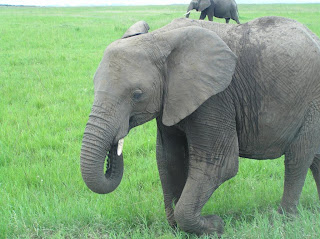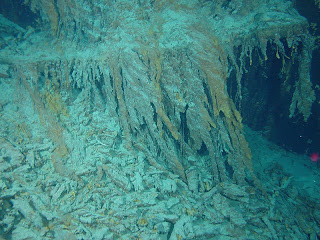There was an interesting article in the New York Times today (yes, I was magically granted access to their website again, not sure why but I’m glad) by Andrew Pollack. Taking DNA Sequencing to the Masses takes an in-depth look at the work of Jonathan M. Rothberg.
Dr. Rothberg is the founder of the genome sequencing company Ion Torrent. The article looks at Ion Torrent’s role in providing cheap (under $50,000) sequencing technology with the launch of their Personal Genome Machine. The technology isn’t intended for the general public, but will make obtaining a sequencing system more feasible for smaller universities and clinics that can’t afford larger machines.
The article draws a parallel between Rothberg and Apple founder Steve Jobs on several occasions. Pollack paints Rothberg as a bit of a rebellious nerd, who certainly has high hopes for his company and the technology they are developing.
Pollack ends the article with Rothberg saying that he believes that genome sequencing will become as useful for medical applications as imaging (like X-rays, CAT Scans, etc.) I like this article because statements like that aren’t blown out of proportion. I think that for an article that is focused on what can be achieved in the future the ideas all stay grounded in what is really feasible, which can sometimes be difficult in a science technology article.


